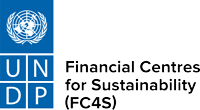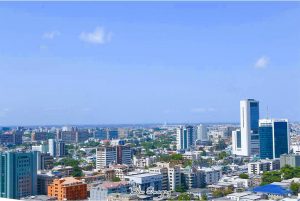“Introduction to Commitments and Measurement Methods for Private Financial Sector Portfolio Alignment with the Paris Agreement” is an analysis that looks at the adherence and methods used by the private financial sector to align with the Paris Agreement goals and explores how Ministries of Finance can support these commitments. It was a collaboration conducted under the Helsinki Principle 5 workstream of the Coalition of Finance Ministers for Climate Action and the UN-convened Financial Centers for Sustainability (FC4S).
In this document, written for policymakers, Jochem Wissenburg from the Ministry of Finance of the Netherlands, Florencia Baldi of the FC4S Network, and Emma Dalhuijsen and Samantha Power of the World Bank present some of the findings and recommendations for government actors.
Financial institutions are joining a growing number of initiatives to align their lending and investment portfolios with the Paris Agreement goals. Individual institutions from all over the world are measuring climate impact and have set climate alignment targets. National initiatives in European, Latin American, and Asian countries have been established to advance climate-aligned and sustainable finance.
Nonetheless, implementation of such commitments remains challenging since methodologies to measure climate impact are still under development, compliance is not effectively controlled, adequate data is still lacking, and real-world impact depends on a multitude of factors inside and outside of financial institutions remit.
This summary highlights different commitments that have been undertaken to illustrate approaches that financial institutions and governments are currently developing. It also comments on the characteristics of the different tools and methodologies for measuring Paris alignment.
Finally, it makes suggestions for potential policy actions at both the international and national levels. Ministries of Finance and Central Banks, as well as international bodies, have a key role to play in fostering robust climate alignment initiatives and methodologies.










































